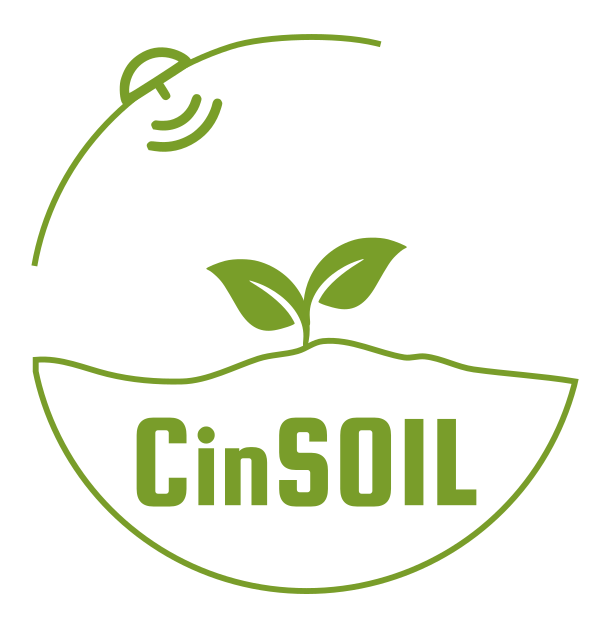Our COO & CinSOIL co-founder Tavseef is on the expert advisory group for the upcoming FAO‘s The State of Food and Agriculture (SOFA) 2023 report, which focuses on true cost accounting (TCA) in agrifood systems. The SOFA 2023 report will be released later this year, in November, together with a supporting paper co-authored by Tavseef. This article sheds light on the true costs (hidden costs) of agri-food systems, highlighting the need to reevaluate how agrifood systems function.

The solution to the high externalized costs of our agrifood systems is to reduce the externalities through a transformation of agrifood systems into more healthy, equitable, resilient, and sustainable systems.
Agrifood systems are defined as “the entire range of actors, and their interlinked value-adding activities, engaged in the primary production of food and non-food agricultural products, as well as in storage, aggregation, post-harvest handling, transportation, processing, distribution, marketing, disposal and consumption of all food products including those of non-agricultural origin” (FAO 2021, The State of Food and Agriculture).
On one hand, the current agrifood systems are unable to provide nutritious food for a growing population, with very little progress on the Sustainable Development Goal “Zero Hunger” (SDG2). In year 2020, at least 720 million people worldwide were suffering from hunger, which is roughly 161 million more than in 2019. Furthermore, one-third of the world population are still not able to afford an adequate diet. On the other hand, agrifood systems externalize a lot of costs that result from the current models of food production, distribution, and consumption. To illustrate this: the current total global food consumption amounts to a dollar value of 9 trillion USD, however the dollar equivalent value of the current externalities of the food system are estimated to be more than double that value, at 19.8 trillion USD. Among these externalized costs, 7 trillion USD are environmental costs, 11 trillion USD are costs to human life and 1 trillion USD (range 0.2–1.7) are direct economic costs. These numbers mean that food would be thrice as expensive as it is currently, if we were to include all the externalized costs into the pricing system. As a relevant example, the German supermarket chain PENNY recently ran a campaign to sensitize consumers in this regard.
Now, the question that needs an answer is: is the answer to these externalized costs, increasing the selling price of food items? No! The solution to the high externalized costs of our agrifood systems is to reduce the externalities through a transformation of agrifood systems into more healthy, equitable, resilient, and sustainable systems. One such externality is the emission of greenhouse gases from agrifood systems at the farm level and at different stages of the agrifood value chain. CinSOIL aims at reducing these externalized costs of the agrifood system by empowering agrifood companies to inset their carbon emissions at the farm level.


